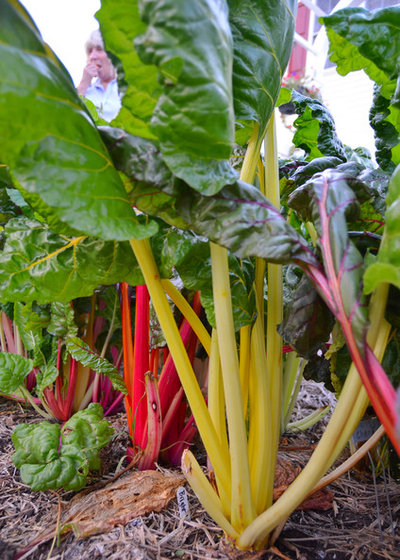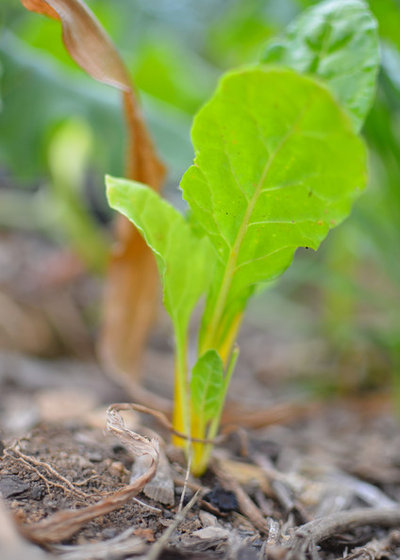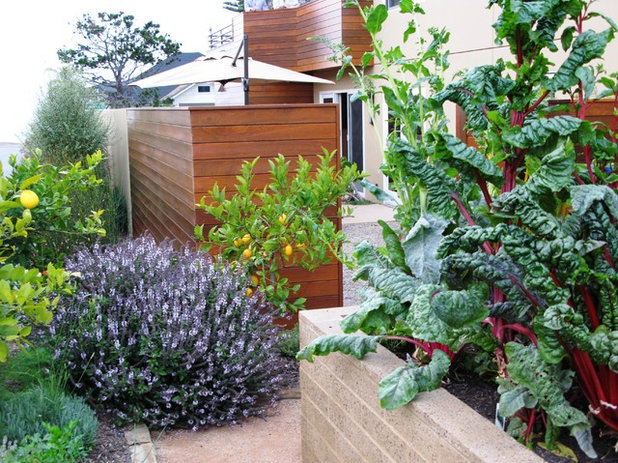Chard, also called Swiss chard, is a bright star of the fall garden. If you take a look at the leaves of its cousin, the beet, you can see a family resemblance. But unlike beets, chard doesn’t wait for you to notice it in the garden. It easily reaches 2 feet or taller in height, with leaves in shades of green and red and stems that range in color from white to yellow and orange to pink, red and purple.
Chard likes cold weather, so it’s great to plant in late summer and early fall, as well as in spring. And unlike most cool-season crops, it also does well in summer.
More: How to grow cool-season vegetables

Amy Renea
When to plant it: Sow seeds in late summer and early autumn for a fall crop; for spring and summer crops, sow seeds or set out seedlings in late winter (in mild climates) or early spring.
Days to maturity: You can begin harvesting in about 60 days.
Light requirement: Full sun or partial shade where the climate is very hot
Water requirement: Keep the soil moist until seeds sprout, then provide regular, consistent watering.
Favorites: Bright Lights and Rainbow are best known. Others include Barese, Fordhook Giant, French Swiss, Golden Sunrise, Joseph’s Coat, Lucillus, Perpetual, rhubarb and Ruby Red.

Amy Renea
Planting and care: Plant chard in well-amended, well-drained soil that has been worked deeply. Mild-climate gardeners can also sow seeds in late summer or fall for winter growth.
Start inside or directly in the garden. Sow seeds about half an inch deep and 2 inches apart, then thin the growth to about a foot apart; set seedlings at the same spacing. Eat the thinnings as you would other greens. Add fertilizer when you plant and repeat about a month and a half later.
Keep the soil evenly moist and remove weeds around the plant. Pests are infrequent, but they include aphids, leaf miners, snails and slugs as well as some other annoyances, including rabbits and the occasional family pet.

debora carl landscape design
Harvest: After about two months, start cutting stalks from the outside. If you need more leaves, cut the entire plant about 2 inches above the ground, and it will regrow.
More ways to grow edibles at home





